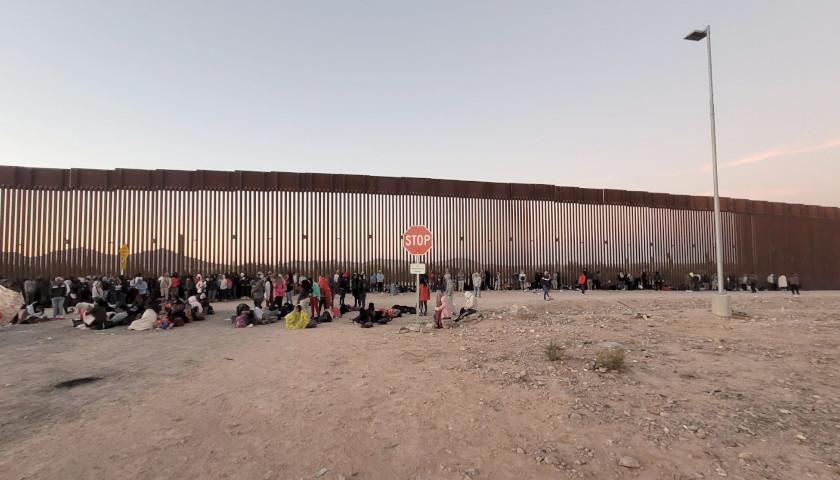The situation along the US-Mexico border is escalating into a significant environmental and public health dilemma. A staggering 100 billion gallons of raw sewage are reported to be entering the border region, adversely affecting communities on both sides. This crisis calls for immediate attention due to its severe implications for public health, ecology, and the overall quality of life for residents.
The origins of this issue trace back to inadequate sewage infrastructure and systems that are unable to cope with the population growth and industrial demands of the area. As a result, large quantities of untreated wastewater are finding their way into rivers, streams, and eventually the ocean. What manifests is not only an assault on the senses with foul odors and unsightly waste but a deadly cocktail of pathogens, chemicals, and waste materials.
Health officials warn of the dire consequences for human health. The pollution has been linked to a range of illness from skin rashes and stomach viruses to more serious, life-threatening diseases. Locals in these communities often have no choice but to endure this hazardous environment as part of their daily lives, with the vulnerable populations being the most at risk.
Environmentalists also voice concerns over the toll on local ecosystems. Marine life is severely impacted, and the contamination disrupts the delicate balance of coastal habitats. The repercussions resonate upstream as well, affecting wildlife and leading to a decline in biodiversity. This crisis exhibits the close interconnection between human activities and environmental well-being.
Authorities from both the United States and Mexico recognize the gravity of the situation and have taken some measures in an attempt to address the problem. However, progress has been painstakingly slow and the actions taken so far have proved largely ineffective at curbing the magnitude of pollution. There is a clear consensus that collaborative, well-funded, and innovative solutions are required to tackle the problem head-on.
The 100 billion gallons of sewage represent more than a statistic; they depict a disaster that undermines the health and environmental standards that both nations aspire to maintain. As this issue crosses borders, it demands a response that is equally transcendent – one that involves engagement from all stakeholders, including governments, organizations, and the citizens themselves.















